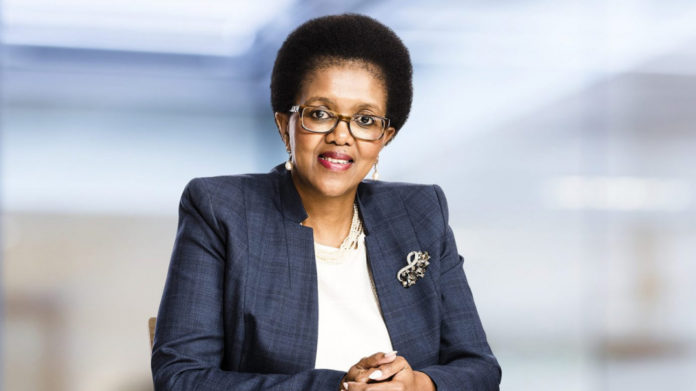
SOME of South Africa’s most prominent mining CEOs say generalisations about the skills women bring to the workplace are unhelpful and that more attention should fall on the challenge of building modern mining companies.
“I think every person brings his or her own strengths and weaknesses to a role,” said Natascha Viljoen, CEO of Anglo American Platinum (Amplats).
“I try to build a culture of trust and understanding, creating a workplace where everyone can do their best work every day, [where people] are comfortable sharing their views and are open to change. If there’s one thing that gives me sleepless nights, it is a good-news culture where people are too scared to share the truth.”
“I’m not sure if generalisations are useful,” said Christine Ramon, outgoing CEO of AngloGold Ashanti. “Really, leadership and the ability to do it well is down to the individual. Once you have the right individuals in the roles, the trick is to create the right combinations – and an enabling environment – to meet the needs of the organisation.”
Ramon cited various examples of highly effective women leaders of countries and global businesses, many of whom were praised for their responses to the pandemic.
“Some of this success has been chalked up to the strong interpersonal skills that women typically display, including the ability to inspire, to communicate, to collaborate and build substantive and durable relationships. Those are all absolutely vital in leading an organisation of any size, in any industry.”
Although socialisation might be geared towards making boys more competitive and girls more empathetic and nurturing, there are many exceptions to these stereotypes, she said. “What I do know from my own experience is that the more diverse the leadership teams are that I’ve been associated with, the more successful they tend to be in solving problems, and in making good decisions.”
Making the mining workforce and leadership more diverse is going to take effort. Viljoen recalled that when she began her career in the mining industry 30 years ago, she needed special permission to go underground, and had to be accompanied by a chaperone.
Nolitha Fakude, chairperson of the Anglo American South Africa board and recently elected president of the Minerals Council of South Africa, said a particular area of work in Anglo’s “women in mining” strategy relates to dealing with unconscious bias.
There are many ways to bring more women leaders into the mining industry, such as getting more young girls interested in maths and science, and studying mining at university; recruiting and developing more women engineers in mining; making workplaces more welcoming and accommodating towards women, physically, mentally and culturally; and modernising the way mines work, with less reliance on physical fitness and greater reliance on mental agility.
Ramon said companies need to develop best practices to foster gender diversity, encompassing recruitment, pay parity, equal opportunities, and a culture that embraces gender diversity, with the sponsorship of the top leadership.
“I am particularly excited about the far-reaching impact technological advancements have in the industry, not only in making mining more precise and less energy- and water-intensive, but also in making the sector attractive to people who may never have considered a career in mining,” Viljoen said.
For the full story as it appeared in our 2021 Mining Yearbook, please visit the special ebook section below.













